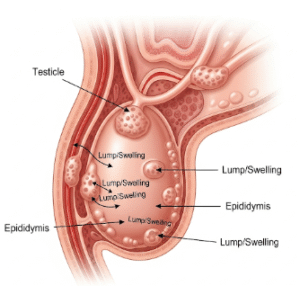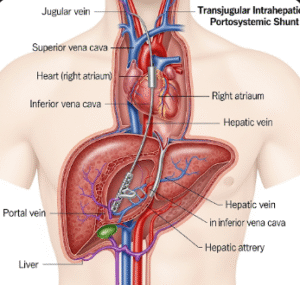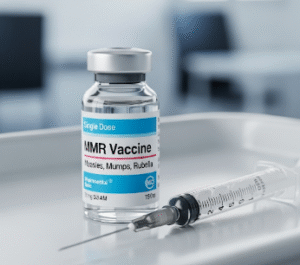Overview
Synovial pseudotumor is a noncancerous mass that arises from the synovial membrane lining joints, tendons, or bursae. It is often related to chronic inflammation, trauma, or repetitive joint use. Although benign, these growths can cause pain, swelling, and limited joint movement if left untreated.
What is Synovial Pseudotumor?
Synovial pseudotumor, sometimes called a synovial cyst or ganglion cyst depending on location, results from synovial tissue proliferation and fluid accumulation. It mimics tumors but lacks malignant potential. It commonly affects joints like the knee, wrist, or ankle and may be associated with underlying joint disorders such as arthritis.
Symptoms
- Localized swelling or lump near a joint
- Joint pain or discomfort
- Restricted joint movement or stiffness
- Occasionally numbness or tingling if the mass compresses nearby nerves
- Possible warmth or tenderness around the affected area
Causes
- Chronic joint inflammation (e.g., arthritis, synovitis)
- Repetitive joint trauma or overuse
- Previous joint injury or surgery
- Synovial fluid leakage into surrounding tissues
Risk Factors
- Repetitive use of joints in sports or manual labor
- History of joint injury or arthritis
- Age between 20-50 years, common in active adults
- Certain occupations requiring repetitive wrist or knee movements
Complications
- Persistent pain and swelling
- Nerve compression symptoms (numbness, tingling)
- Impaired joint function or mobility
- Rarely, rupture of the cyst causing inflammation
Prevention
- Avoid repetitive joint strain or overuse
- Early treatment of joint injuries or inflammation
- Use of protective gear during sports or manual work
- Regular joint exercises to maintain flexibility and strength
Treatment Options in Korea
South Korea offers advanced orthopedic and rheumatology care with expertise in diagnosing and managing synovial pseudotumors.
Diagnosis
- Physical examination and medical history
- Imaging studies such as ultrasound or MRI to evaluate the mass and joint status
- Aspiration or biopsy if needed to confirm diagnosis
Treatment Approaches
- Conservative Management
- Rest and immobilization of the affected joint
- Nonsteroidal anti-inflammatory drugs (NSAIDs) for pain and inflammation
- Physical therapy to maintain joint function
- Aspiration
- Needle aspiration of cyst fluid to reduce swelling and discomfort
- Temporary relief but cyst may recur
- Surgical Intervention
- Arthroscopic or open excision of the cyst in persistent or large cases
- Removal of affected synovial tissue to prevent recurrence
- Post-Treatment Rehabilitation
- Physical therapy to restore strength and mobility
- Regular follow-up to monitor for recurrence













